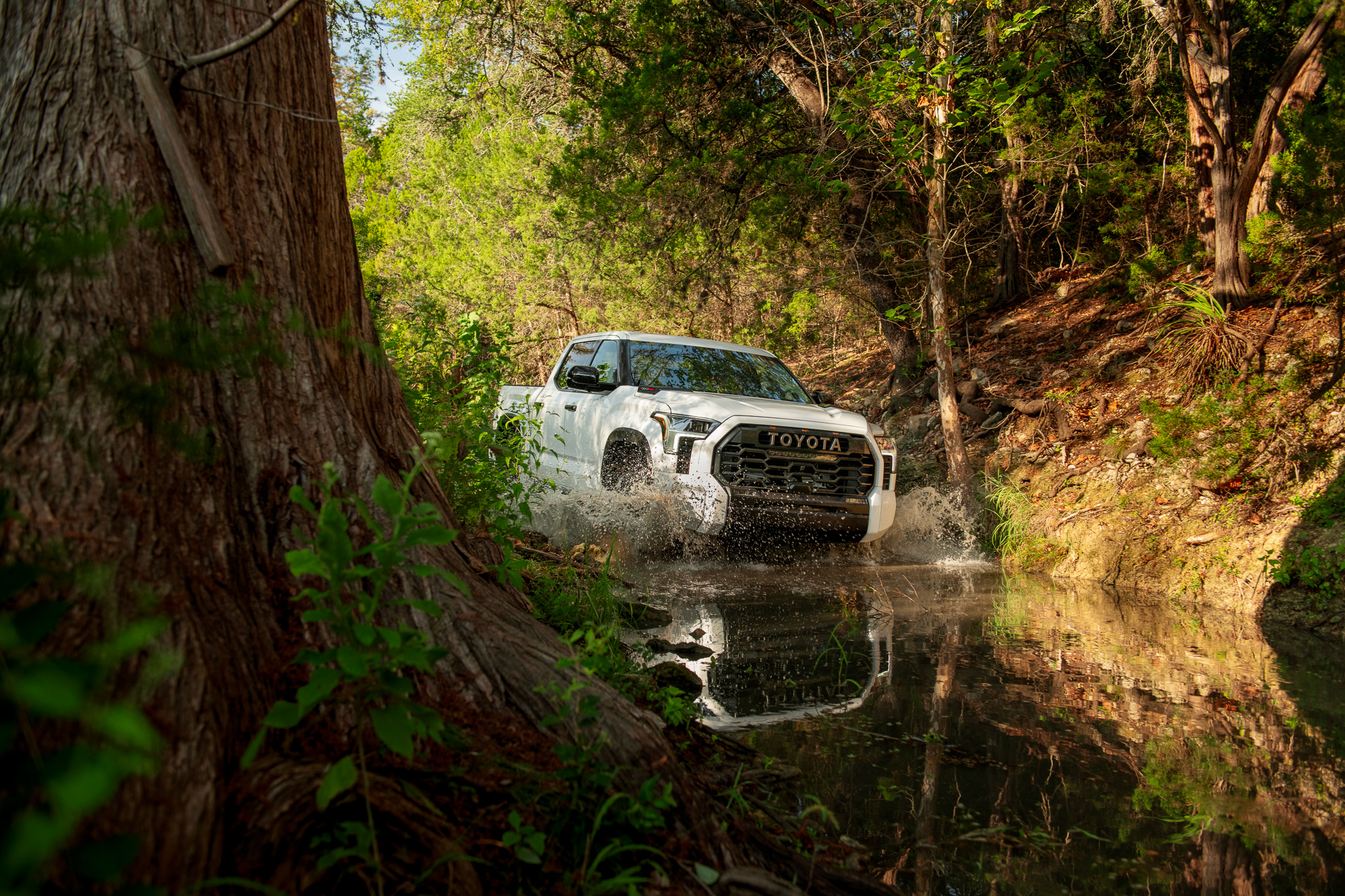Might be close. Scott Brady in a recent article states 1885 lb payload for the SR5 TRD 4x4.

2022 Tundra First Drive :: Is This the Best Toyota Truck for Overlanding? - Expedition Portal
We test the newest Toyota Tundra TRD Pro for overlanding off-roading, and backcountry fourwheeling travel.expeditionportal.com
Key Features:
– F1 Chassis Shared with 300 Series Land Cruiser (and Sequoia to follow)
– Available 437 hp and 583 lb. ft iForce Twin Turbo V6 shared with Land Cruiser 300
– 10-speed Automatic with 4.92:1 First Gear
– 5-Link Coil Sprung Rear Suspension
– Locking Rear Differential
– Available Crawl Control
– Available factory designed and dealer installed 3″ Suspension Lift (will fit 35″ tires without cutting)
– 22 MPG Highway Fuel Economy
– 1,885 Pound Payload Available on SR5 TRD 4WD
– Significant Improvements to On-Road Ride and Handling
– Available CrewMax with 6.5 Foot Bed
– Massive 14″ Display Runs GAIA GPS and other Apple Car Play Enabled Mapping APPs
One of the videos showing the test drives of the 2022 Tundra SR5 with TRD 4x4 OR package showed the payload sticker and it was 1400 or so.
